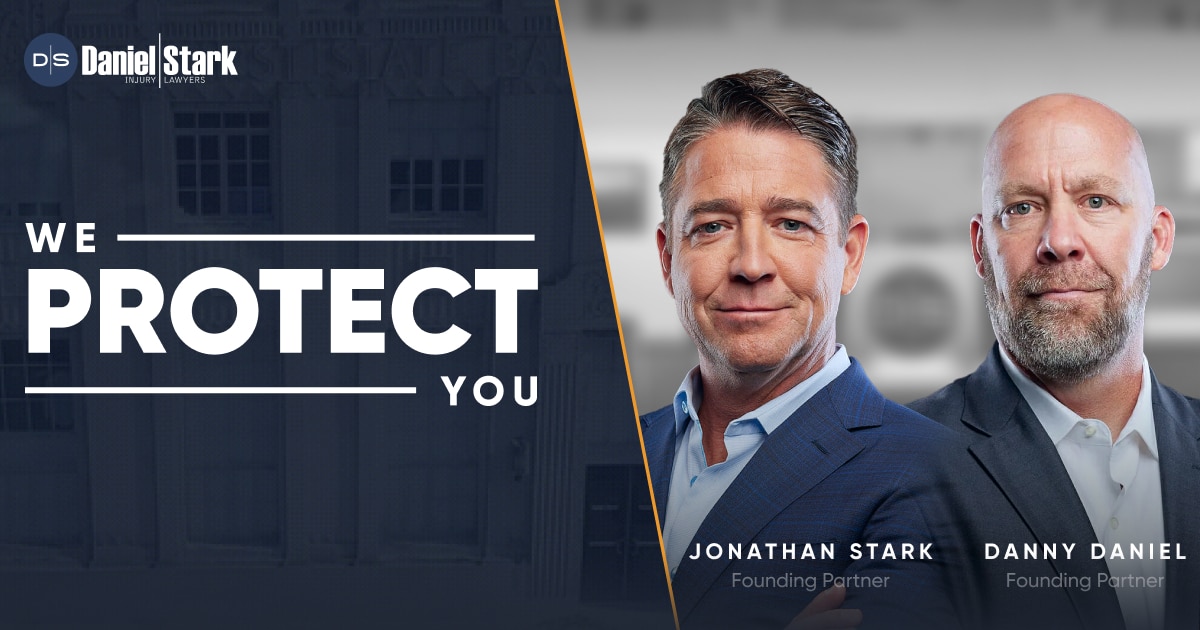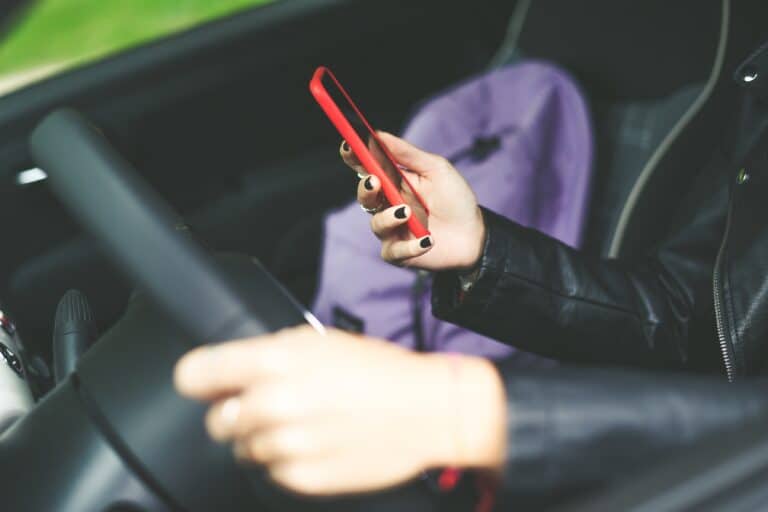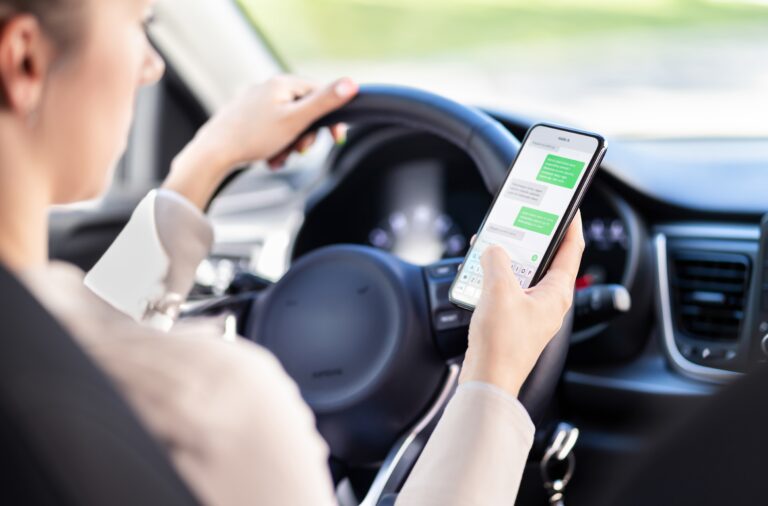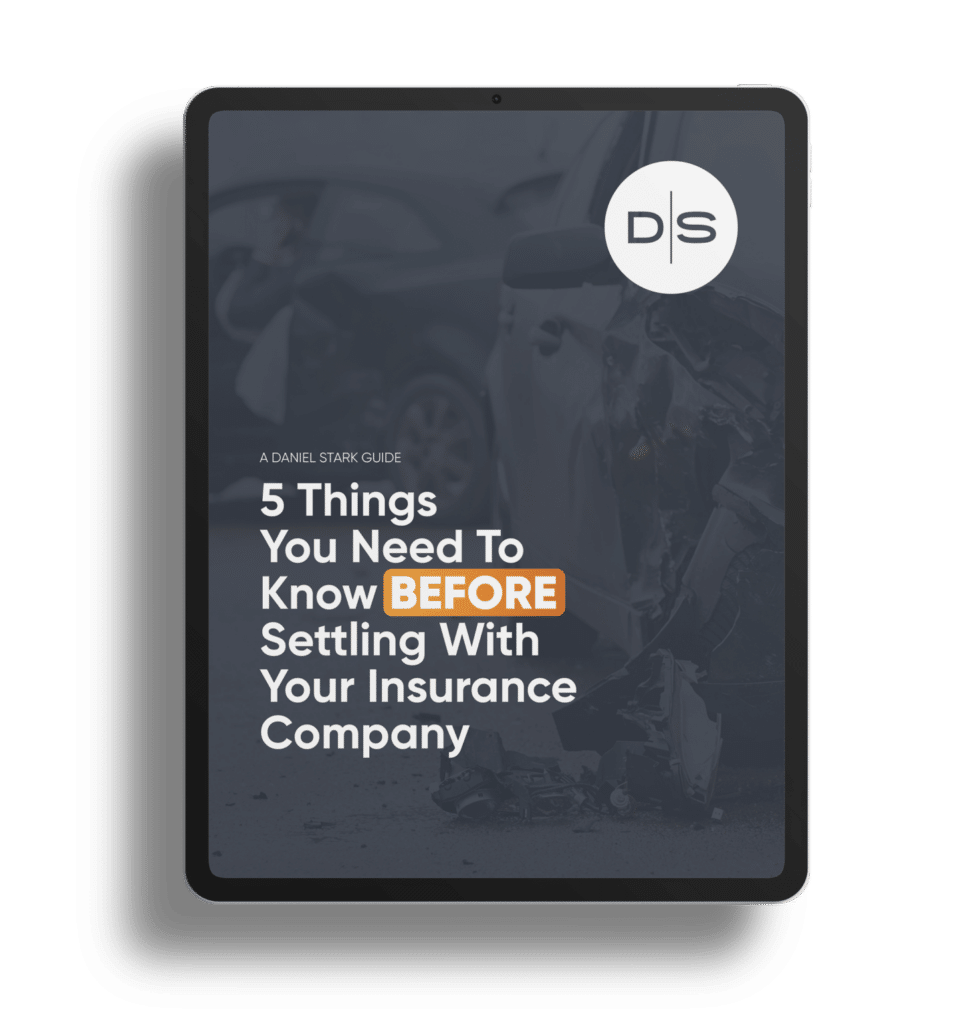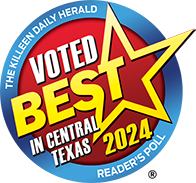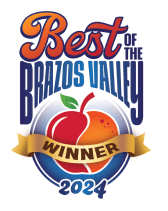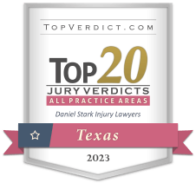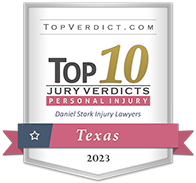DRAM SHOP
By: G. Jerrell Wise
Taking over 10,000 lives per year and costing an estimated $37 billion annually, alcohol-impaired motor vehicle crashes are taking their toll on America. In Texas, over 1,000 people annually are killed in motor vehicle traffic crashes where a driver was under the influence of alcohol. This number accounts for approximately 30% of all traffic deaths on Texas roads.
Drunk driving is often a symptom of a larger problem: alcohol misuse and abuse. It is not just general misuse or abuse that is to blame though; the problem is more specific than this. More DUI-alcohol crashes have been reported in the hour between 2:00am and 2:59am than any other hour of the day. More of these crashes also occurred on Saturday than any other day of the week. Our local bars are killing us.
There is obviously a strong correlation between when people go out to bars and drunk driving crashes, with the strongest correlation being after the bars close at 2 a.m. on Saturday night. It is no surprise to those who frequent bars/clubs that people drink alcoholic beverages and become intoxicated at these establishments. It is also no surprise that when the bars close at 2 a.m., many of those same people who are still intoxicated climb into their vehicles and drive home. The wonder is that we as a society have not done more to stop this carnage.
One step that Texas has made to stem the flow of intoxicated individuals driving home from bars is to establish the Texas Alcoholic Beverage Commission (TABC), which regulates bars and other establishments that serve alcohol. In addition, Texas law recognizes a cause of action against bars for serving alcohol to people who are intoxicated and cause injury to others. This is called a Dram Shop cause of action.
Traditionally, a dram shop is a shop that serves spirits by the dram, or by the glass (a dram is a single pour of whisky). Today, a dram shop refers to a bar, tavern, or restaurant where alcohol is served as opposed to a liquor or grocery store where alcoholic beverages are sold but not consumed on the property.
Dram shop laws differ by state, but in Texas, dram shop liability requires the following elements:
- At the time the provision occurred it was apparent to the provider that the individual being sold, served, or provided with an alcoholic beverage was obviously intoxicated to the extent that he presented a clear danger to himself/herself and others;
- The intoxication of the recipient of the alcoholic beverage was a proximate cause of the damages suffered.
However, in an effort to encourage bars to follow the regulations set forth by the TABC, Texas enacted a “safe harbor” defense for bars/restaurants. The safe harbor defense is also called the “trained server” defense. It states that if an employer requires all of its servers to be TABC certified (take the class and pass the test), and the server actually was certified, the bar/restaurant is not liable for the acts of its employee. However, the trained server defense does not work if the employer directly or indirectly encouraged the employee to violate the law. Indirect encouragement has been proven by showing evidence that the bar has a permissive culture of rule-breaking. Think about it this way – is there that one bar that you know always makes really strong drinks? Or that bar that you and your friends go to to take shots with the bar tender? These are perfect examples of indirect encouragement.
I have investigated and handled many dram shop cases, and have never let the trained server defense hinder my cases. I have always been able to uncover the dirt on a bar to show that they indirectly (if not directly) encourage the breaking of TABC regulations.
The difficult thing about dram shop cases is that they depend on whether or not the over-served individual was obviously intoxicated at the time he was last served/sold/or provided an alcoholic beverage. The problem is that witnesses are few and far between who will testify concerning this information. One problem is that the defendant driver will say he/she thought he/she was fine (after all, their judgment was impaired at the time!). The bartender won’t admit he/she did something wrong, so don’t expect them to testify that the customer who later injured your loved one was already drunk when he/she poured that last drink. And if the victim in the case is still alive and able to testify, they most likely weren’t at the bar to know what happened. Obvious intoxication at the time of service is almost impossible to prove except for the fact that intoxication is a scientific phenomenon.
In a recent case, I was able to gather critical evidence such as the results from a blood draw conducted by the investigating police department. The blood results showed the defendant driver was 0.24 BAC (blood alcohol concentration) nearly two hours after the crash. I obtained an itemized receipt from the bar that served him on that night, and it showed he was last served an 18oz beer just one hour before the crash. The defendant driver stated in his deposition that he left the bar and drove straight to where the crash occurred, just 1.3 miles and only a few minutes from the bar. All of this evidence was analyzed by a forensic toxicologist, who later gave testimony evidence that in her expert opinion, the defendant driver would have been showing obvious signs of intoxication at the time he was last served by the bar – if only the bartender would have been paying attention to notice the behavior.
Bars are held to a higher standard than that of a social host at a private party, and this makes sense when you think about it. If I had a few close friends over to my house and set a bottle of whiskey on the table, I would not be held to the same standard (or even close!) to that of a bar. For starters, I’m not licensed by the TABC to serve alcohol, but more importantly, I don’t PROFIT from others drinking alcohol at my house. Bars make money – and a LOT of it – when customers leave their homes, drive their cars across town, and drink alcohol at their establishments. Without the Dram Shop laws, there would be no check against bar owners who could otherwise serve their customers with no limit.
Sources Used for the Blog: www.nhtsa.gov/Impaired and Texas Motor Vehicle Traffic Crash Highlights Calendar Year 2014
